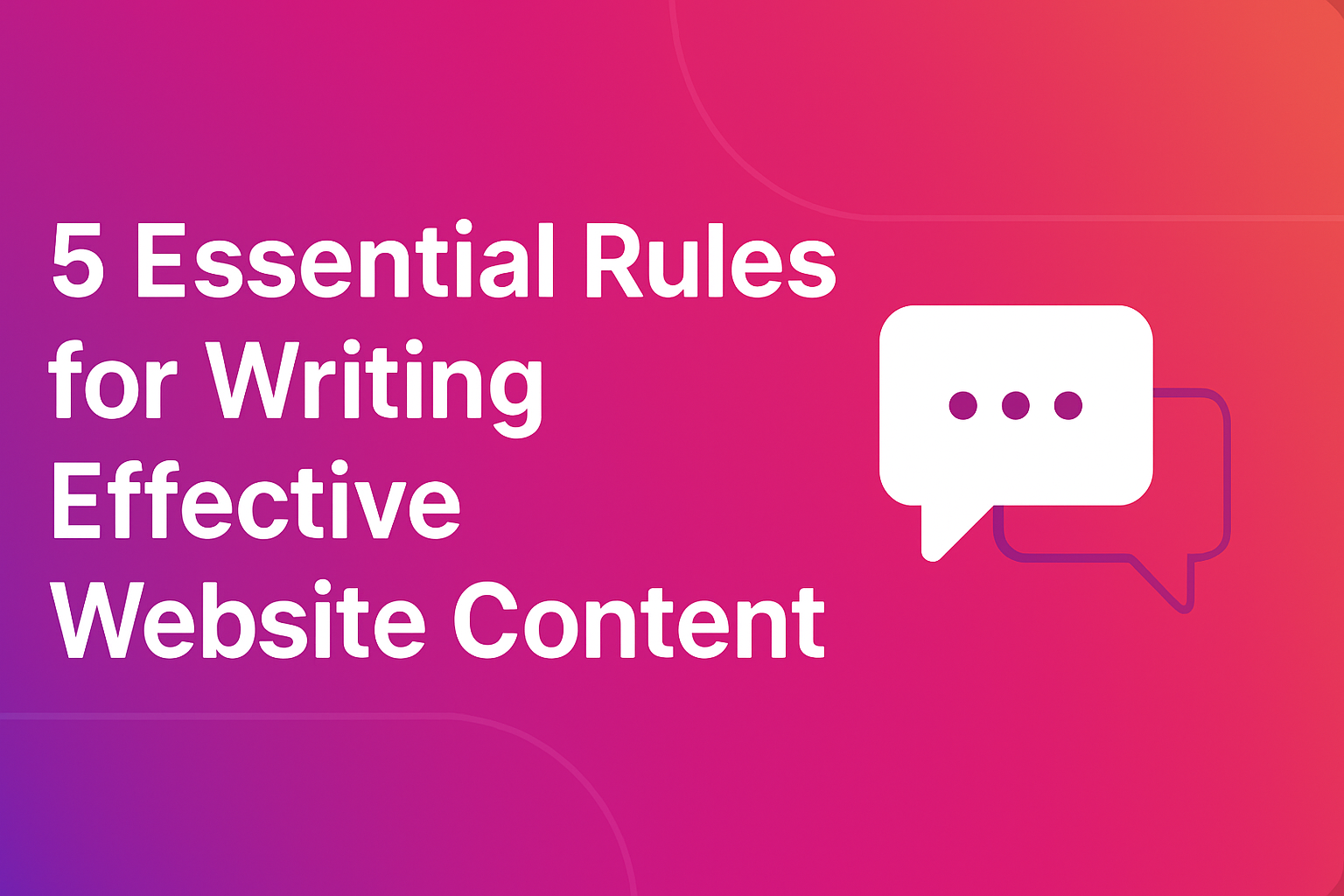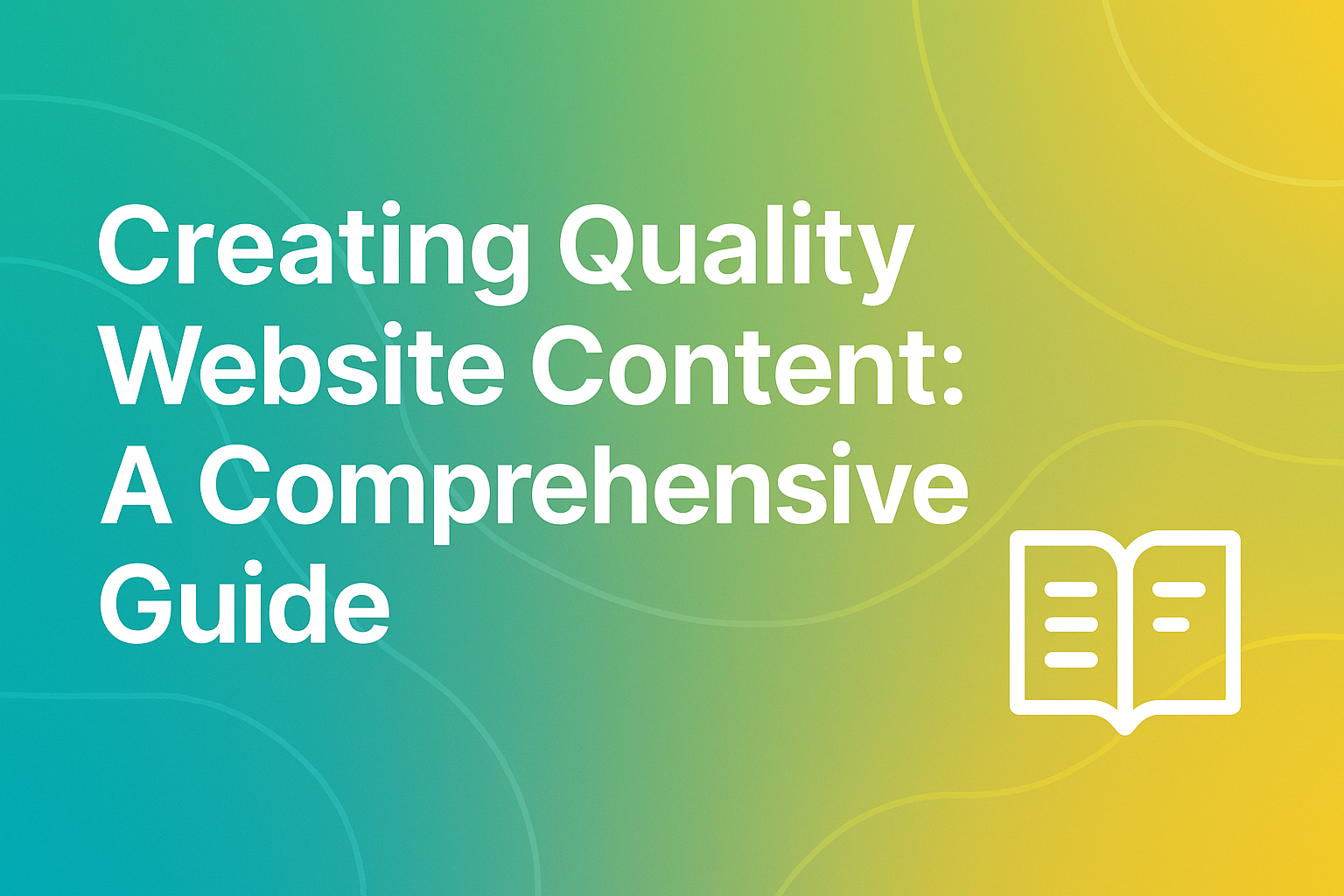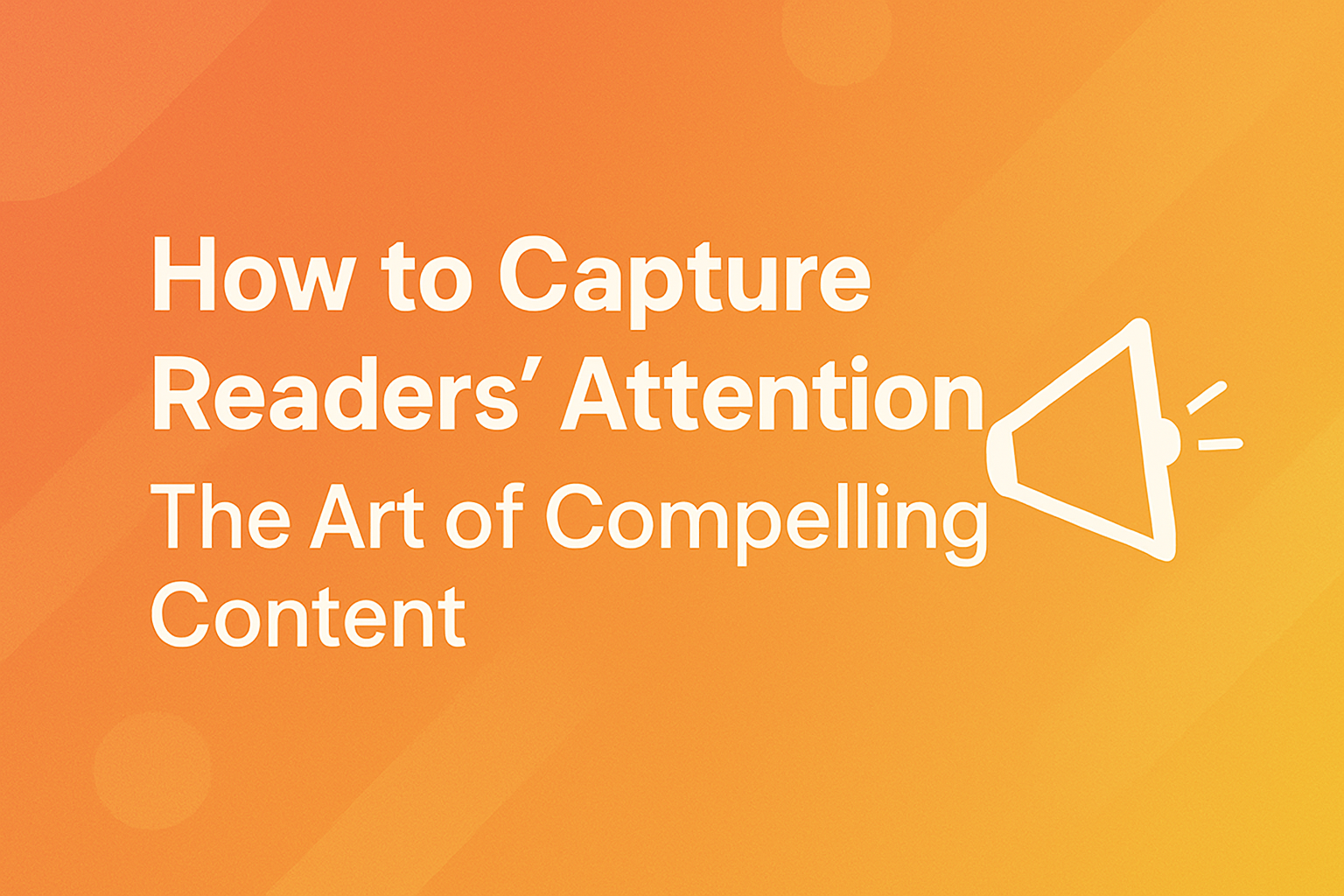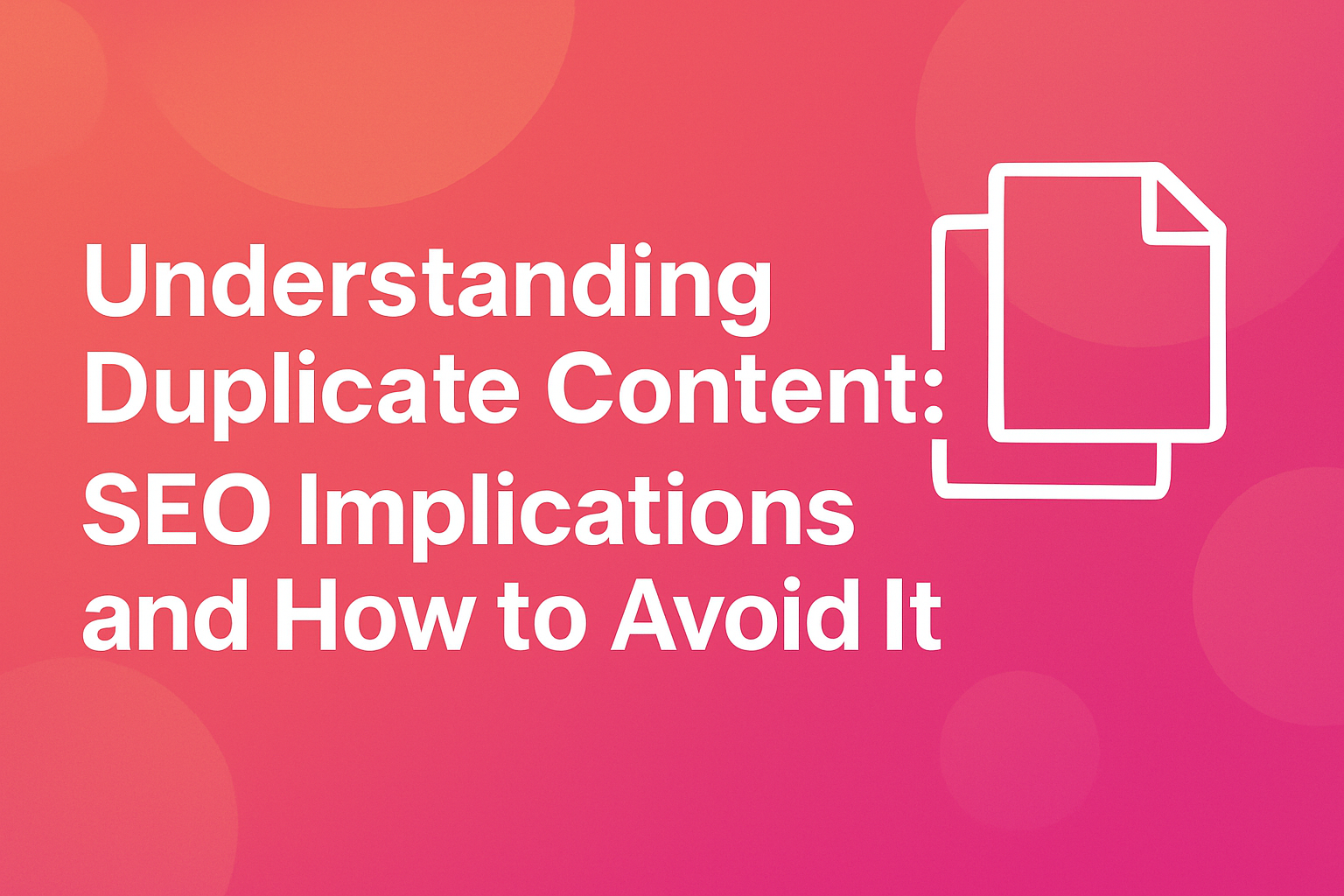In the vast digital landscape, quality materials remain the cornerstone of successful websites. Whether you're running a business site, a blog, or an e-commerce platform, what you publish directly impacts user engagement, conversion rates, and search engine rankings. This guide explores proven strategies for creating compelling website resources that serve both your audience and your business goals.
Understanding What Makes Published Material "Quality"
High-quality website text isn't just well-crafted—it's purposeful, valuable, and engaging. Before diving into creation strategies, let's establish what quality actually means:
Characteristics of High-Quality Website Materials
- Relevance: Addresses topics your target audience genuinely cares about
- Value: Provides useful information, solves problems, or fulfills needs
- Accuracy: Contains factual, well-researched information
- Readability: Structured with clear organization and accessible language
- Originality: Offers unique perspectives or information not readily found elsewhere
- Engagement: Captures and maintains reader attention
- Actionability: Empowers readers to implement what they've learned
- Timeliness: Reflects current trends, data, and best practices
Planning Your Publication Strategy
Quality begins with thoughtful planning. A robust strategy ensures consistency and helps you achieve broader business objectives.
Define Your Goals
Quality publications serve specific purposes. Common objectives include:
- Building brand awareness
- Generating leads
- Driving sales or conversions
- Establishing thought leadership
- Improving customer education
- Enhancing SEO performance
For each piece, identify which goals it primarily serves.
Know Your Audience Deeply
Develop detailed audience personas that capture:
- Demographics (age, location, income, education)
- Professional roles and responsibilities
- Pain points and challenges
- Information needs and preferences
- Questions they're asking
- Consumption habits
The better you understand your audience, the more effectively you can create materials that resonate with them.
Conduct Comprehensive Topic Research
Quality publications address topics that matter to your audience. Discover these topics through:
- Keyword research using tools like Ahrefs, SEMrush, or Google Keyword Planner
- Social media listening to identify trending discussions
- Customer service interactions and FAQs
- Industry publications and competitor analysis
- Forums and community discussions
- Direct audience surveys
Map Materials to the Customer Journey
Different types of text serve different stages of the customer journey:
- Awareness stage: Educational blog posts, explainer videos, infographics
- Consideration stage: Case studies, comparison guides, webinars
- Decision stage: Product demonstrations, testimonials, pricing guides
- Retention stage: Tutorials, insider tips, community resources
Ensure your portfolio includes materials appropriate for each stage.
Crafting Compelling Text
Once you've established your strategy, focus on creating material that stands out.
Start with Strong Headlines
Headlines determine whether your text gets read. Effective headlines:
- Clearly communicate value
- Create curiosity
- Include relevant keywords
- Use numbers when appropriate ("7 Ways to...")
- Address reader needs directly
- Maintain honesty (avoid clickbait)
Test multiple headline options before publishing.
Structure for Scanability
Modern readers scan before committing to reading. Make your text scannable with:
- Descriptive subheadings (H2, H3, H4)
- Bulleted and numbered lists
- Short paragraphs (3-4 sentences maximum)
- Bold or italic text for key points
- Meaningful images with captions
- Pull quotes for important statements
- White space to reduce visual clutter
Craft with Clarity and Purpose
Quality text is clear, concise, and purposeful:
- Use simple language (aim for a reading level around 7th-8th grade)
- Eliminate jargon unless producing for specialists
- Focus on active voice over passive voice
- Vary sentence length, with an emphasis on shorter sentences
- Remove unnecessary words and redundancies
- Address the reader directly using "you"
- Include specific examples to illustrate concepts
Create Comprehensive Resources
Quality material thoroughly addresses its topic:
- Cover the subject from multiple angles
- Answer anticipated questions
- Provide relevant context and background
- Include supporting evidence and statistics
- Reference and link to authoritative sources
- Acknowledge opposing viewpoints when relevant
Research suggests that comprehensive texts (1,500+ words) often perform better in search results for competitive topics.
Enhancing with Visual Elements
Visual elements improve engagement, comprehension, and shareability.
Types of Visual Elements to Consider
- Custom photographs
- Infographics and data visualizations
- Screenshots and annotated images
- Charts and graphs
- Illustrations and diagrams
- Videos and animations
- Embedded social media posts
- Interactive elements
Best Practices for Visual Elements
- Ensure visual components directly support your text
- Optimize images for fast loading (compress and specify dimensions)
- Include descriptive alt text for accessibility
- Create custom graphics when possible rather than using stock photos
- Maintain consistent visual branding across all materials
- Respect copyright by using licensed or original visuals
Optimizing for Search Engines
Quality material naturally aligns with SEO best practices. Enhance your website's search visibility by:
Conducting Keyword Research
- Identify primary and secondary keywords relevant to your topic
- Look for long-tail variations with less competition
- Understand search intent behind keywords
- Research questions people ask about your topic
Implementing On-Page SEO Elements
- Include primary keywords in your title, URL, and H1 heading
- Use keywords naturally throughout the page (avoid keyword stuffing)
- Optimize meta descriptions to encourage clicks
- Use descriptive anchor text for internal and external links
- Structure material with appropriate heading tags (H2, H3, etc.)
- Incorporate schema markup when relevant
Creating a Strong Internal Linking Structure
- Link to related pages on your site
- Use descriptive anchor text that includes relevant keywords
- Create pillar pages with comprehensive topic coverage
- Link from high-authority pages to newer publications
- Fix or redirect broken links promptly
Maintaining and Updating Your Website
Quality resources require ongoing maintenance:
Perform Regular Audits
- Identify outdated information and statistics
- Check for broken links
- Evaluate performance against goals
- Look for gaps and opportunities
- Assess mobile-friendliness and loading speed
Update Existing Pages
- Refresh statistics and examples
- Add new information and insights
- Improve readability and formatting
- Enhance visual elements
- Strengthen calls to action
- Optimize underperforming SEO elements
Repurpose Successful Material
Transform existing publications into different formats:
- Turn blog posts into infographics
- Convert webinars into blog series
- Create podcasts from interviews
- Develop slide decks from tutorials
- Compile related posts into comprehensive guides
Measuring Success
Quality publications produce measurable results. Track these key metrics:
Traffic Metrics
- Pageviews and unique visitors
- Traffic sources (organic, social, referral, direct)
- Search rankings for target keywords
- Click-through rates from search results
Engagement Metrics
- Time on page
- Bounce rate
- Pages per session
- Scroll depth
- Comments and social shares
- Heatmap activity
Conversion Metrics
- Email sign-ups
- Resource downloads
- Form completions
- Product purchases
- Appointment bookings
- Click-throughs to key pages
Use these metrics to refine your strategy over time.
Common Quality Pitfalls to Avoid
Prioritizing Quantity Over Quality
Publishing frequent, low-quality content damages your reputation and SEO performance. Focus on quality even if it means publishing less often.
Creating "Me Too" Content
Generic content that merely repeats what's already available provides little value. Always add unique insights, examples, or perspectives.
Neglecting Content Promotion
Even excellent content needs promotion. Develop distribution strategies for social media, email, communities, and other channels.
Ignoring Mobile Users
With mobile traffic dominating many sites, ensure your content displays properly and remains engaging on small screens.
Overlooking Calls to Action
Every piece of content should guide readers toward a logical next step, whether that's reading related content, signing up for emails, or exploring products.
Conclusion
Creating quality website content requires strategy, research, crafting skill, and ongoing optimization. While the process demands significant investment, the returns—engaged visitors, improved conversions, and stronger search visibility—make it worthwhile.
Remember that content quality isn't subjective. It's defined by how well content meets user needs and business objectives. By focusing on relevance, value, readability, and actionability, you can create website content that genuinely deserves to be called "quality."
Start by implementing these strategies on your most important pages, measure the results, and continuously refine your approach. Over time, your commitment to quality content will establish your website as a trusted resource in your industry or niche.





